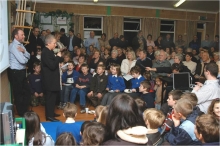LEED Platinum Education: The Green Schoolhouse Series
Video
Throughout the United States, thousands of students are spending the majority of the day in unhealthy and aging portable classrooms. Not only is their presence required, students are expected to thrive and flourish educationally in such environments. “The aging infrastructure of K–12 schools throughout the nation is a serious problem that is presenting unacceptable health and safety risks for our children,” says Marshall G. Zotara, co-founder and senior managing partner of Cause and Effect Evolutions. “In school districts throughout the country, budget deficits are making it very difficult to fund replacements.” Enter the Green Schoolhouse Series and their commitment to replace dangerous portable classrooms with LEED Platinum designed structures.
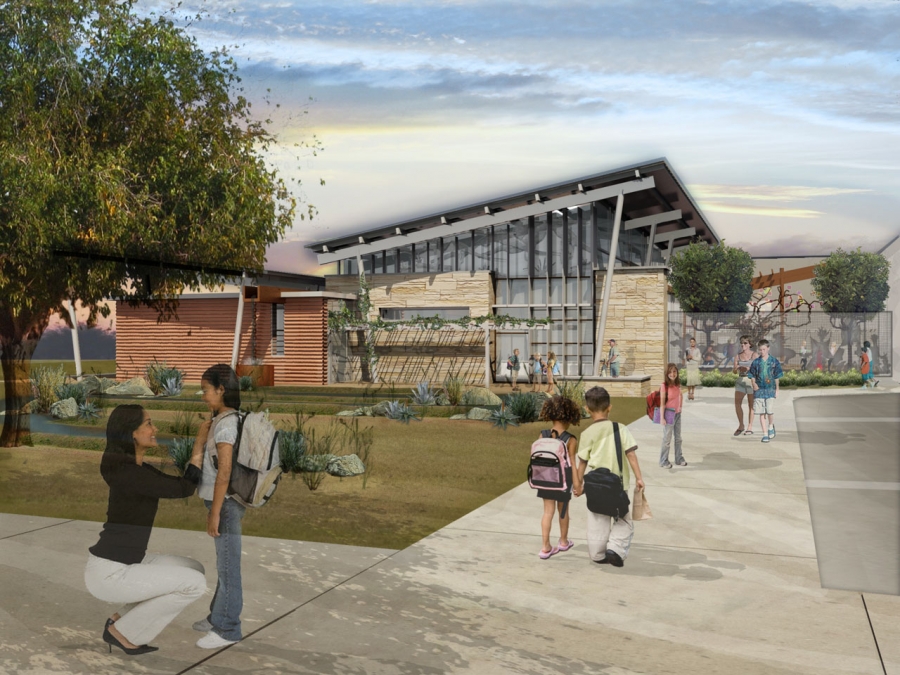
The Current Problem
National Education Association statistics indicate that more than $322 million in funding is currently needed for the repair of existing schools. Perhaps one of the biggest areas of concern is portable structures. As a result of the student population booms that have occurred throughout the last 50 years, school districts have erected more than 300,000 trailer-like portable classrooms at K–12 schools. Many such structures, which were intended to be temporary, are still in use.
"We as a nation are placing a huge emphasis on student achievement... yet in many places throughout this country, the school building itself is holding the student back.” Sue Pierce, director of facility planning and energy for the Washington Elementary School District in Phoenix, Arizona
“Portables were supposed to be a temporary solution for overcrowding and weren’t made to still be standing 40 years later,” says Zotara. “They are well beyond their expected life span, and as a result of mold, poor ventilation, and other hazards, they are unsafe and hindering students' ability to learn.”
It is estimated that American children miss more than 14 million school days each year as a result of asthma and respiratory issues that are attributable to poor indoor air quality. According to the National Education Association, 25% of existing portable classrooms are substandard or dangerous.
“We as a nation are placing a huge emphasis on student achievement in America,” says Sue Pierce, director of facility planning and energy for the Washington Elementary School District in Phoenix, Arizona. “And yet in many places throughout this country, the school building itself is holding the student back.”
The Green Schoolhouse Series
The Green Schoolhouse Series is a collaboration of corporations, foundations, school districts, municipalities, media outlets, and volunteers who are committed to replacing dangerous portables with LEED Platinum designed structures. Solely through volunteer efforts, the collaboration plans to build environmentally and technologically advanced schoolhouses on Title 1, low-income K–12 school campuses in 18 U.S. markets throughout the next three years.
The inaugural Green Schoolhouse was designed by Stantec, Inc., a leading global architectural firm, and is being donated to students at Roadrunner Elementary School in Phoenix. Groundbreaking for the first LEED Platinum designed school in the world to be built entirely by volunteers is expected to begin on December 1, 2011. Three additional Green Schoolhouses are scheduled to be built in the Phoenix area, followed by schools in San Diego and Los Angeles.
The Green Schoolhouse Series is a strategic partnership between Brighten A Life, a nonprofit organization that helps to identify schools most in need, and Cause and Effect Evolutions, a cause development firm. Each of the schools is being funded through corporate partnerships, in-kind donations, and charitable contributions. Major corporate sponsors include American Express, Kraft Foods, and IGA (Independent Grocers Alliance), and building partners include Armstrong, Hager Companies, Owens Corning, and Pella.
Every Green Schoolhouse is designed to replace four to 10 aging portables with sustainable multi-purpose facilities that will range in size from 6,000 to 15,000 sq. ft. In addition to serving as classroom space, these structures will also be utilized for after-school programs and community programming on nights and weekends. Each schoolhouse will feature a central multipurpose room, an outdoor learning space, a library, a computer lab, and a lounge.
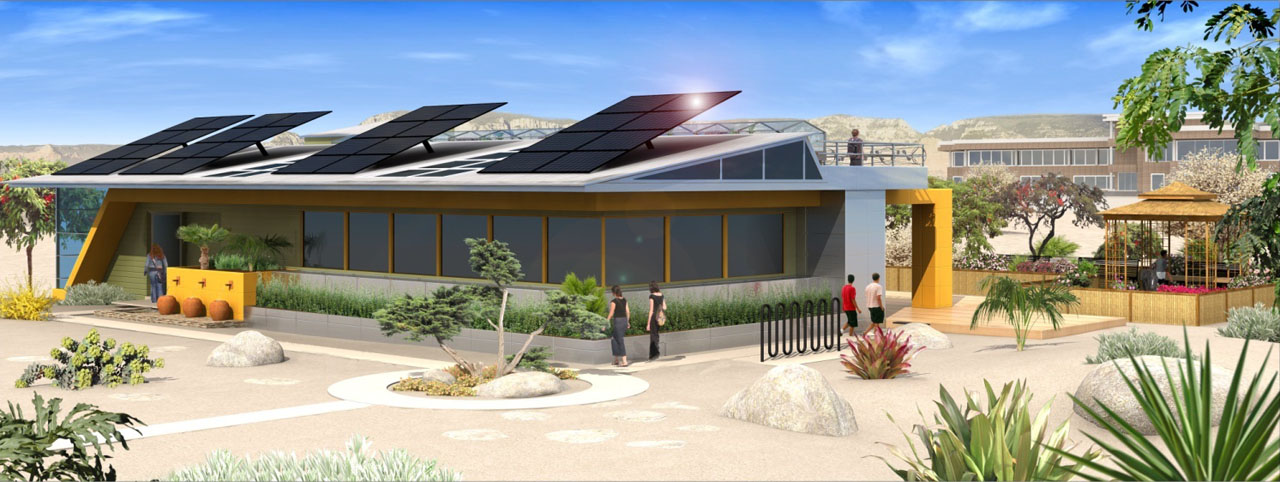
“Not only will the students benefit from learning in a healthier classroom setting, the Green Schoolhouses will also serve as integral, hands-on teaching tools.” Marshall G. Zotara, co-founder and senior managing partner of Cause and Effect Evolutions
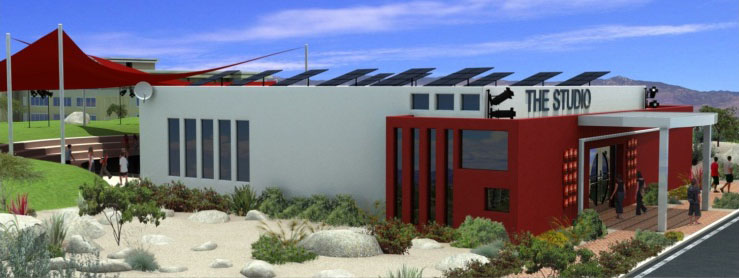
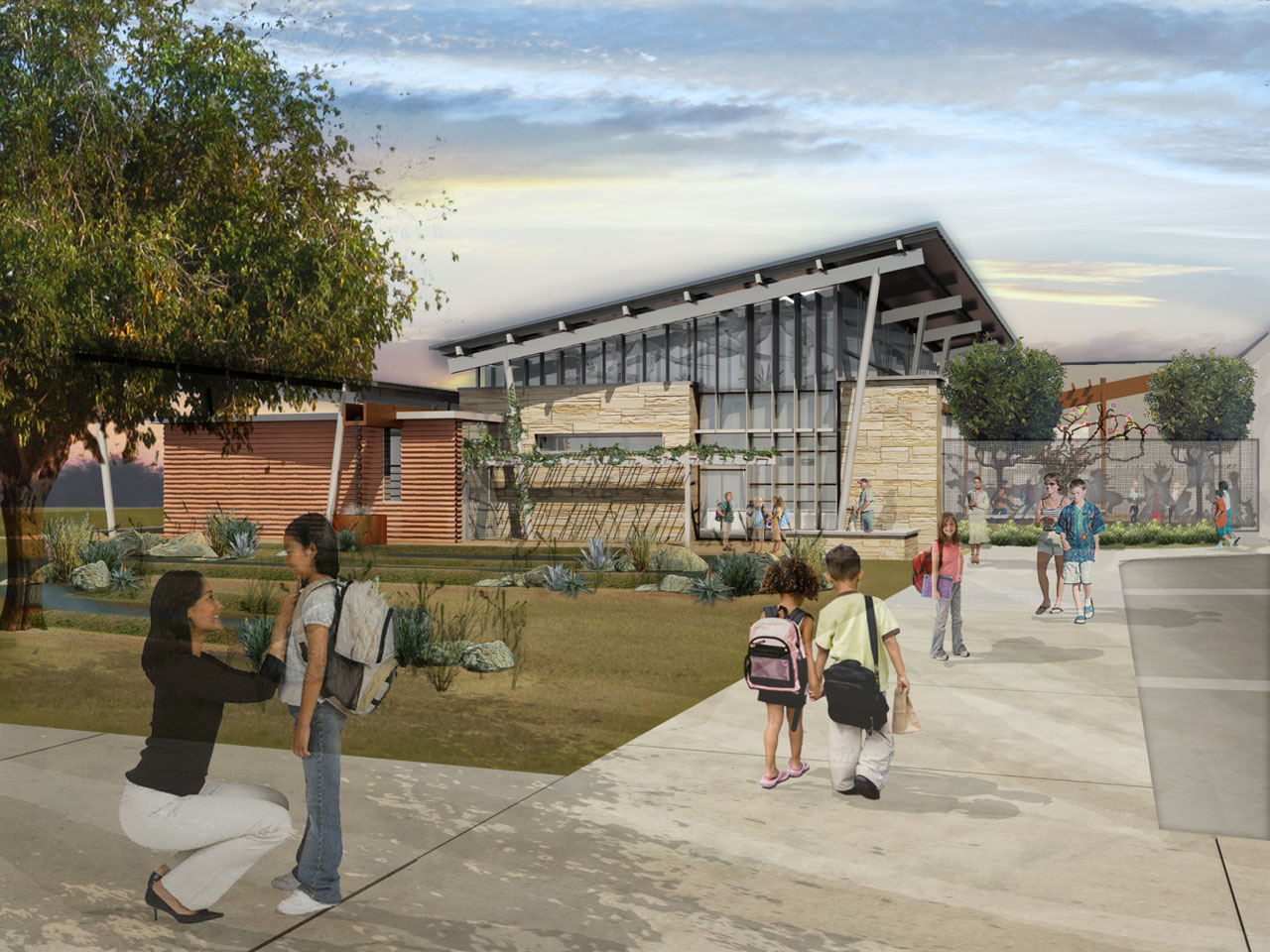
Environmental features include displacement ventilation that will help with indoor air quality, solar panels for renewable energy, and an energy management system. Goals include net-zero energy use, net-zero water use, and non-toxic interior environments.
In addition to adhering to LEED Platinum requirements, the Green Schoolhouses are being designed according to Collaborative for High Performance Schools (CHPS) standards. These standards go beyond health and safety and require the incorporation of the most technologically advanced learning equipment available, such as interactive whiteboards, student response systems, and overhead document cameras. CHPS standards also mandate that the schools become teaching tools in and of themselves, helping students to learn about sustainability.
“The Green Schoolhouses will be built using donated top-of-the-line, green, sustainable products and state-of-the-art technologies,” says Zotara. “Not only will the students benefit from learning in a healthier classroom setting, the Green Schoolhouses will also serve as integral, hands-on teaching tools.” To donate time, services, or assist with the coordination and development of a Green Schoolhouse in your area, please visit the Green Schoolhouse Series website for more information.

Lisa Taylor Minor
Lisa Taylor is a freelance writer and marketing consultant. She has more than 16 years of experience as a communications professional and has worked with a variety of companies in the home products and building materials industry. Originally from Memphis, TN, Lisa earned a BA in Journalism from the University of Memphis in 1995 and a MA in Journalism from the University of Memphis in 1997. She spent the first 11 years of her career working in account service for Memphis advertising agencies Thompson & Company, Oden Marketing & Design, and Carpenter/Sullivan. Lisa then spent five years in Nashville, TN, with The Buntin Group, an Adweek Top 100 U.S. advertising agency, and Louisiana-Pacific Corporation, a leading manufacturer of building materials. Lisa currently lives in Denver, CO, and is Principal/Owner of Wazee Marketing.
Website: www.wazeemarketing.com

